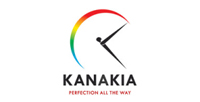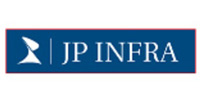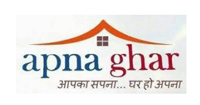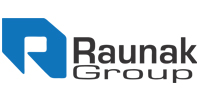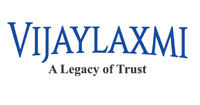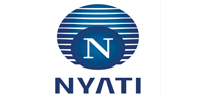SBI increases MCLR-based lending rates by 10 bps to 7.95–8.70%
MUMBAI: State Bank of India, the largest lender in the country, on Wednesday slightly raised the short-term lending rates spanning overnight to three-year maturities by 10 basis points (bps), effective immediately.
Despite the fact that banks have nearly fully passed through the 250 basis point interest rate increases made by the Reserve Bank since last May, they have not yet boosted deposit rates in a corresponding manner, creating a funding gap that has forced them to borrow money from the market.
For the two weeks that ended January 13, 2023, credit growth increased by 16.5% annualized compared to deposits’ rise of 10.6%. According to the SBI website, the bank raised its overnight lending rate, which is based on the marginal cost of funds, by 10 basis points to 7.95%, while raising the rate for one- and three-month maturities to 8.10%.
The bank had been charging 8.30% for a six-month loan prior to the hike, which is now 8.40%; 8.40% for a one-year loan before the rise is now 10 bps more expensive; 8.60% for a two-year loan; and 8.70% for a three-year loan following the 10 bps price increase.
In contrast, the bank gives the lowest interest rates on savings bank deposits, 2.70 percent for deposits under Rs 10 crore and 3 percent for deposits exceeding Rs 10 crore. The retail borrowers of home and vehicle loans won’t be impacted by the rate increase because these loans have long terms.
Banks currently base their loan pricing primarily on two metrics: the MCLR, also known as the marginal cost of funds-based lending rate, and the external benchmark linked to the repo rate, also known as the open market rate of Mibor. All new loans are priced in either the repo-linked rate or the external benchmarked lending rate (EBLR).
Since the middle of the previous decade, the central bank has pushed banks to increase the transparency of their loan pricing.
Since then, the Mumbai inter-bank offer rate (Mibor) or the repo rate of the RBI, which varies from day to day based on the demand for overnight funds, can be tied to the EBLR, which can also be linked to the very opaque base rate, the MCLR, or both.
According to the most recent data issued by the Reserve Bank on January 27, bank credit growth rose up in the week ending January 13 with 16.5 percent annualized growth to Rs 132.81 lakh crore, following a modest reduction in growth in the preceding fortnight.
Due to base impact, loan growth slowed to 14.9% in the two weeks leading up to December 30, 2022, compared to bank credit’s 9.2% rise during the same period the previous year. However, this is less than the 18% increase in overall credit in October.
Deposit growth accelerated, reaching 10.6% annualized to reach Rs 176.74 lakh crore in the two weeks leading up to January 13. Only 9.2 percent in incremental deposit accretion occurred in the preceding fortnight ending on December 30.












